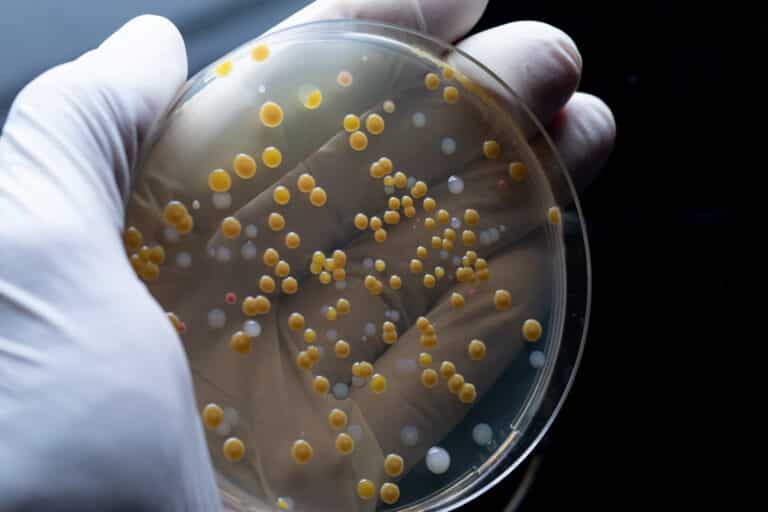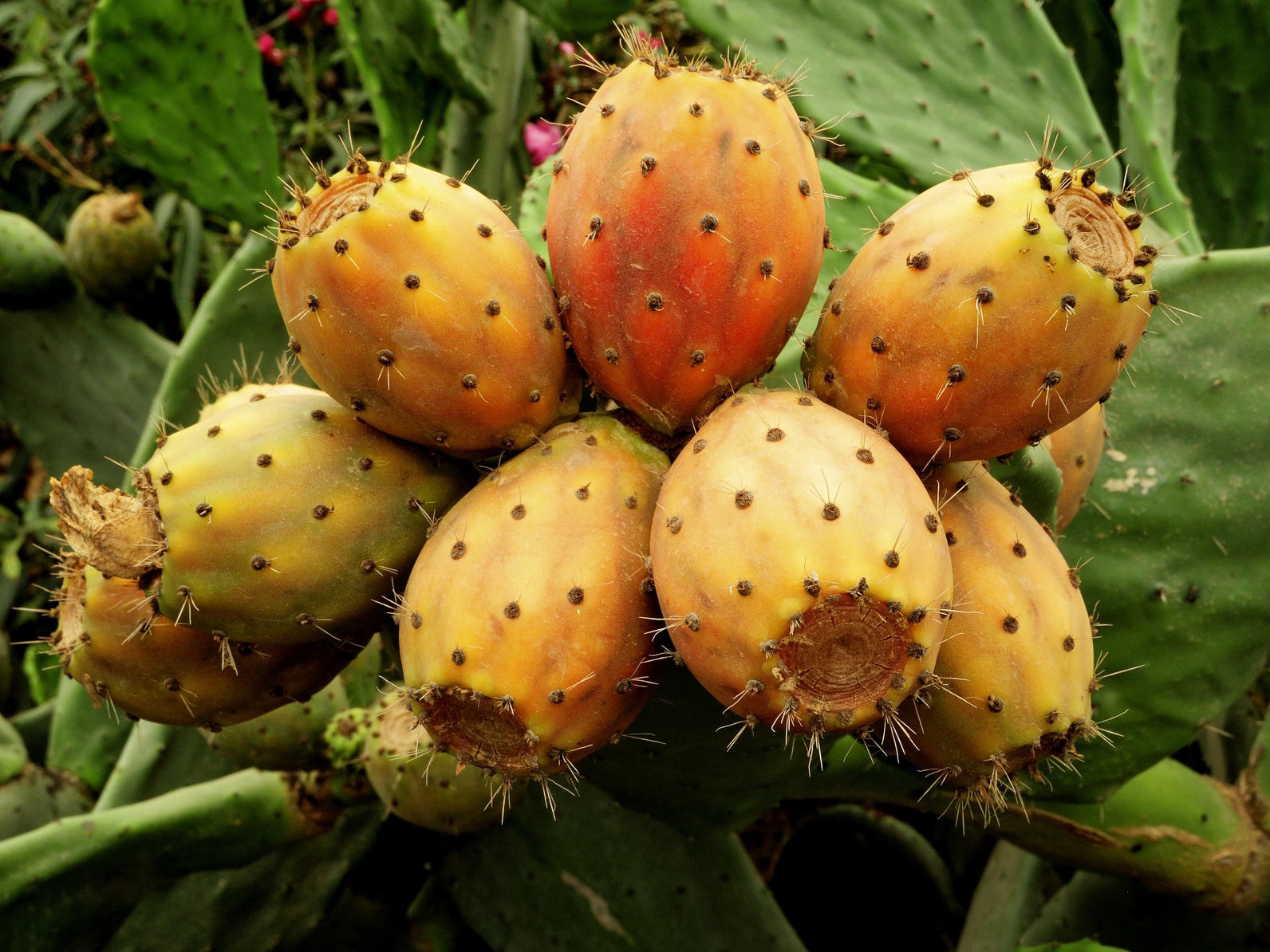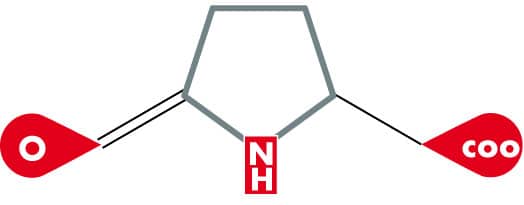Polyglycerol Cosmetics
Polyglycerol Cosmetics: Natural & Renewable Sustainable, natural, made from renewable raw materials, vegan, free of – these are properties for cosmetic products that are increasingly demanded by consumers and fits perfect to Polyglycerol Cosmetics. Naturally, emulsifiers, stabilisers and texturisers should also meet these expectations, because even natural cosmetic products cannot do without them. PEG/PPG emulsifiers…
Polyhydroxy acid
When we look a little closer at current cosmetic trends, one term stands out again and again: Polyhydroxy acid (abbreviated PHA). And indeed, this active ingredient is currently the talk of the town among experts. No wonder: it stands for particularly gentle peeling and, compared to other peeling ingredients such as glycolic or fruit acid…
Pomegranate Seed Oil
The precious oil originates from the dried and pressed seeds of the ripe pomegranate fruits. The pomegranate tree (Punica granatum) fascinates with its magnificent, pomegranate-red fruits, which remind of large apples. Since ancient times, the pomegranate has symbolized fertility and power due to its numerous seeds. It is rich in valuable ingredients for health and…
Pracaxi oil
The women of the Amazon have been using pracaxi oil since time immemorial to fight stretch marks and prevent wrinkles. For the traditional Indian peoples, it is even an integral part of hair and scalp care, because it makes the skin supple and gives the hair shine. And not only that: Pracaxi oil has a…
Preservative systems
Water is the perfect basis of life for many organisms, but especially for microorganisms such as fungi, bacteria and yeasts. These multiply particularly easily and very quickly in water. If we then take a look at today’s cosmetic products, it is striking: Unless they are ointments or oils, they always contain water. However, this also…
Prickly pear oil
Prickly pear oil is one of the finest oils in the world. It is obtained from the fruit or seeds of the prickly pear, which originally comes from Mexico. These fruits, the prickly pears, have an egg-shaped form and taste sweet to slightly sour. Their tiny seeds contain the valuable oil. Extraction is very simple.…
Probiotics
Probiotics: how do they affect our skin? What are they? Humans are constantly exposed to microbes. We have learned that the body needs them because they are important for the digestive system. Many studies have proven that the living microorganisms called probiotics can supply numerous health functions, such as reducing certain digestive disorders, lowering cholesterol levels…
Prunus persica
The peach (Prunus persica) is a tree that grows up to eight meters high and is native within Europe, especially in Italy, Spain and Greece. However, it originates from China. It belongs to the rose family (Rosaceae), which also includes the almond and apricot trees. Its fruits, the peaches, are counted among the stone fruits…
Pyridoxine
Pyridoxine is actually a collective name for several chemical compounds that are, however, very similar. The vitamin, often called pyridoxine, comprises the substances pyridoxole, pyridoxal and pyridoxamine and must be supplied to the human body from the outside (usually with food). Where is vitamin B6 found? Vitamin B6 is mainly found in the following…
Pyrrolidone Carboxylic Acid
Pyrrolidone carboxylic acid is obtained from the amino acid glutamic acid and is considered a nature-identical and natural moisturizing factor for our skin. Sugar cane is usually used for its production. The sodium and zinc salts of PCA are particularly important. The sodium salt of PCA is found in our human skin and protects it…





